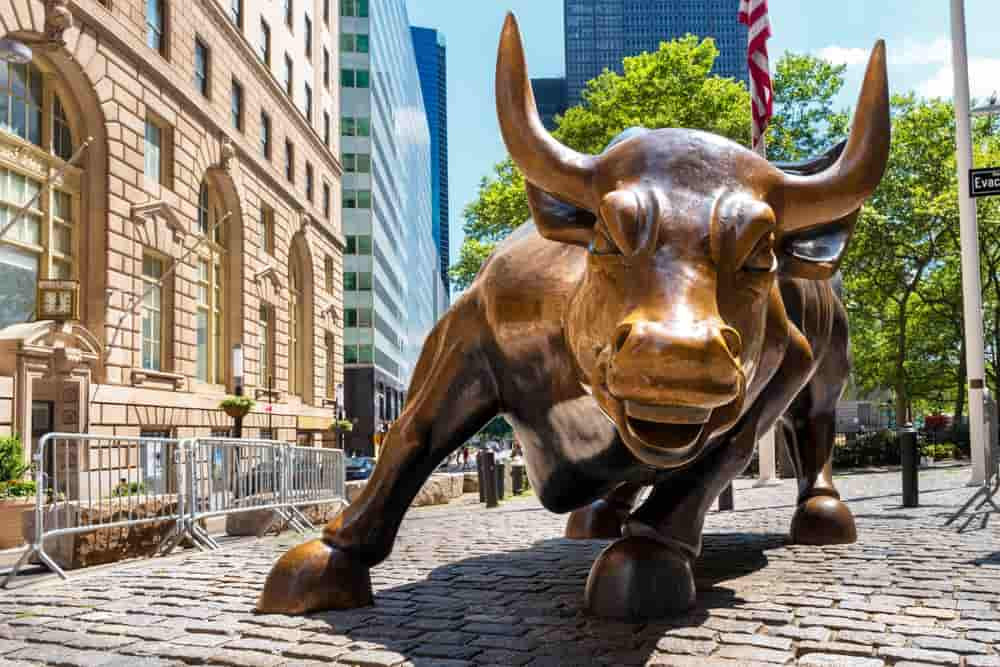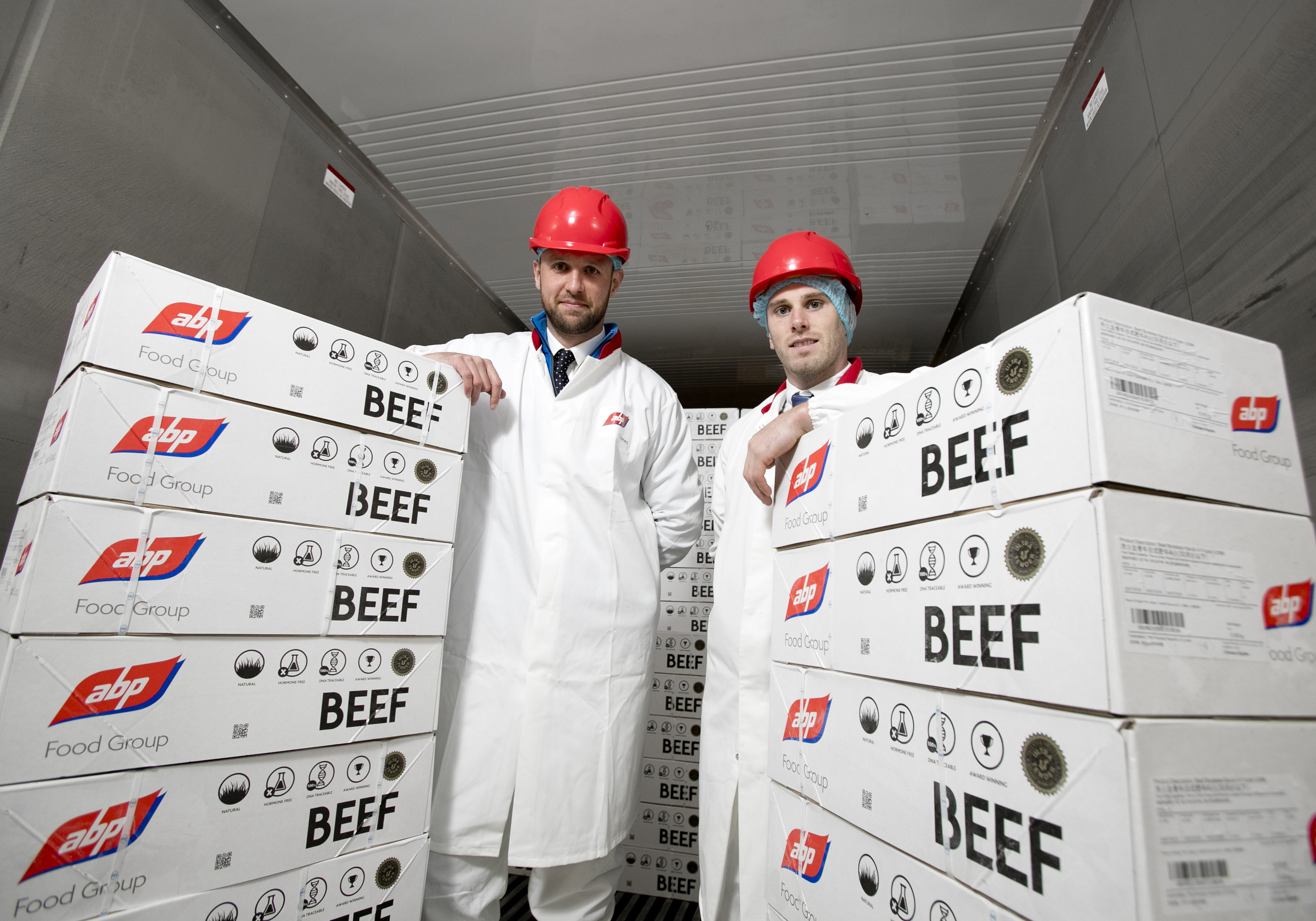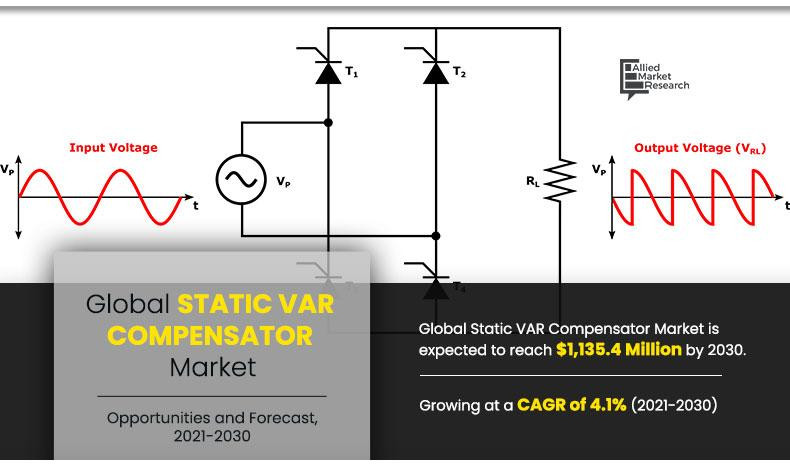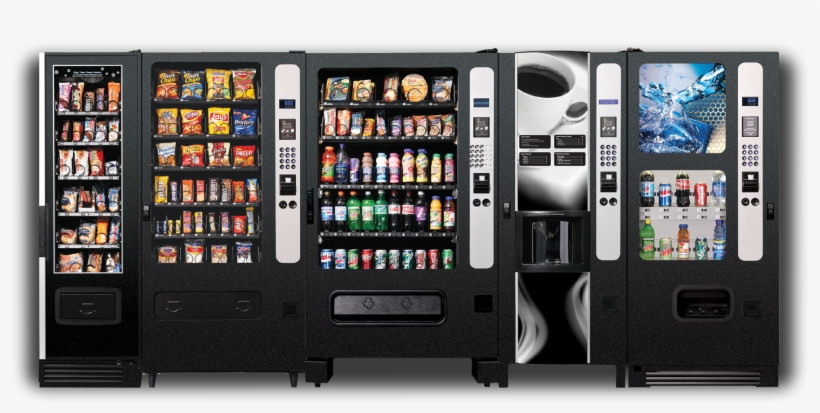A "Now Hiring" sign advertising job openings is viewed in the window of a cafe on July 8 in Boston. Even though the unemployment rate edged lower last month to 4.2%, joblessness is still hovering near highs.
It couldn’t be clearer at this point that the US labor market is cooling.
Even though the unemployment rate edged lower last month to 4.2%, joblessness is still hovering near highs not seen since the fall of 2021. On top of that, employers have hired significantly fewer workers in recent months compared to prior years and the number of job openings fell in July to the lowest level since January 2021, according to Labor Department data.
Employers Hesitate Amid Uncertainty
But America’s job market may have some pent-up momentum just waiting to be unleashed. That’s because employers might be putting some of their hiring plans on hold — and for good reason.
Businesses consider many factors when deciding to hire, but across a wide spectrum of industries, the economic outlook carries always great deal of weight. And it makes sense: Why take on more workers if, for instance, there’s a strong chance a recession is around the corner that then forces layoffs?
Currently, there’s no shortage of economic uncertainty — the bulk of which stems from the US presidential election taking place in two months as well as upcoming key decisions on interest rates from the Federal Reserve. Both those factors are prompting employers to think twice about hiring more workers now, according to economists and recent comments from businesses around the country.
Still, while both are “contributing to businesses’ cautious hiring sentiment at the moment,” many hiring decisions are likely being shaped even more by “slower demand for their goods and services both domestically and abroad,” Kathy Bostjancic, chief economist at Nationwide, told CNN.
“Consumer spending has been the dominant engine of economic growth. As it slows, so does overall activity and this will all pinch corporate top and bottom lines,” she said.
Even the Fed’s Beige Book, a collection of survey responses from businesses complied by the 12 regional Federal Reserve Banks, said that “with uncertainty pertaining to the presidential election ahead, many firms have put hiring plans on hold.”
Election Uncertainty and Policy Differences
That shouldn’t be all too shocking given the stark differences between Vice President Kamala Harris and former President Donald Trump.
Trump, for instance, has cast himself as an America first candidate. He’s calling for a 60% tariff on imports from China and at least a 10% across-the-board tariff on imports from other nations. However, companies that make products domestically would pay a 15% corporate tax rate versus the current 21%, Trump unveiled in a speech he gave at the Economic Club of New York last week.
Harris, meanwhile, has been silent on what she would do with regard to tariffs. But she’s proposing raising the corporate tax rate to 28%. At the same time, she announced a plan that aims to make it easier for new small businesses to form with hefty tax deductions.
If elected, Trump may be able to get tariffs passed without congressional approval, as he’s previously done, but the tax code changes he and Harris are proposing would require Congress to sign off. And which party controls the House and the Senate will also be decided on in this election. Depending on the results, it could limit Trump or Harris’ ability to make good on vastly different campaign promises.
Holding off on hiring more workers until after the election is “a rational decision,” said Sean Snaith, director of the Institute for Economic Forecasting at the University of Central Florida.
“When there’s more clarity about the future,” he said, “businesses are more confident in making these kinds of decisions.”
Interest Rate Hikes and the Future of Hiring
That’s because businesses of all sizes, but especially smaller ones, rely heavily on credit. From getting a business off the ground to expanding operations, borrowing is key in the business world. So when interest rates are as elevated as they are right now, monthly debt payments could be too costly for many firms. And if rates are expected to come down over the next year, why take out a loan right now?
“Many companies are saying they have lots of growth opportunities, they want to open a new location, get a new warehouse, get a new truck, but they can’t do any of that stuff right now because interest rates are too high, so it doesn’t pencil out. The investment would be too costly,” Pollak said. “It’s just a temporary holding pattern.”
Although Fed officials have opened the door for rate cuts, it’s not clear how aggressive the Fed will be. The first rate cut this month is expected to be just a quarter point, according to the CME FedWatch Tool. That expectation has already helped send the 10-year US Treasury yield lower. Many loans track that benchmark, as well.
But businesses may wait for more relief, which will depend on inflation and unemployment. Whenever rates do come down enough, and if American shoppers continue to spend at a healthy pace, hiring could accelerate, Pollak said.
Job Cuts Surge Amidst Economic Uncertainty
Excluding the more than 115,000 job cuts announced in August 2020, last month represented the highest August total since 2009, when more than 76,000 layoffs were recorded.
“August’s surge in job cuts reflects growing economic uncertainty and shifting market dynamics,” said Andrew Challenger, SVP of Challenger, Gray & Christmas, Inc., in a statement.
“Companies are facing a variety of pressures, from rising operational costs to concerns about a potential economic slowdown, leading them to make tough decisions about workforce management,” he said. “Cuts are following a very similar trend from last year as ongoing pressures have challenged labor decisions.”
By industry, technology announced the most job cuts in 20 months, with a focus on adopting artificial intelligence (AI) and automation tools. Education, entertainment/leisure and industrial manufacturing also saw cuts higher than August 2023, while retail and media companies reported fewer cuts.
About half of job cuts in August were attributed to cost-cutting measures, and a fifth were attributed to market or economic conditions.
AI's Impact on Job Cuts
For the first time since April, though, employers pointed to AI as a reason for job cuts. In August, nearly 6,000 job cuts were attributed to AI, which were all in the technology industry. So far in 2024, about 7,000 cuts are due to AI, as compared with about 4,200 in 2023.
Overall, U.S. employers announced about 80,000 hiring plans, decreasing 41% from about 136,000 recorded through August 2023. The year-to-date total marks the lowest since Challenger began tracking the data in 2005, with the previous lowest total being recorded in August 2008, when about 80,400 hiring plans were announced.
The Tech Sector Takes a Hit
The tech sector seemed to be hit particularly hard in August, with more than 26,000 layoffs announced among 48 companies — the highest level reported since 34,000 layoffs in January, according to a separate analysis. Tech companies are downsizing with a focus on “productivity, profitability and efficiency,” as well as funding AI initiatives, sources told CFO Dive.
A Holding Pattern: What Lies Ahead
The recent increase in job cuts, particularly in tech, adds another layer of uncertainty to the job market. However, experts believe that the current situation is a temporary holding pattern. Once the election uncertainty subsides and the Federal Reserve starts easing interest rates, hiring could pick up again. In the meantime, employers are likely to remain cautious and prioritize cost-cutting measures.
As the economy navigates these uncertain times, employers and job seekers alike need to remain adaptable and prepared for a dynamic job market.

















